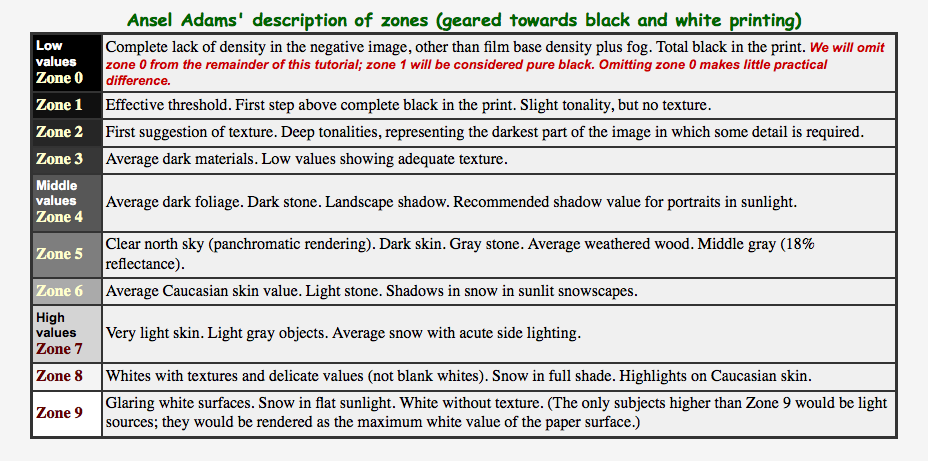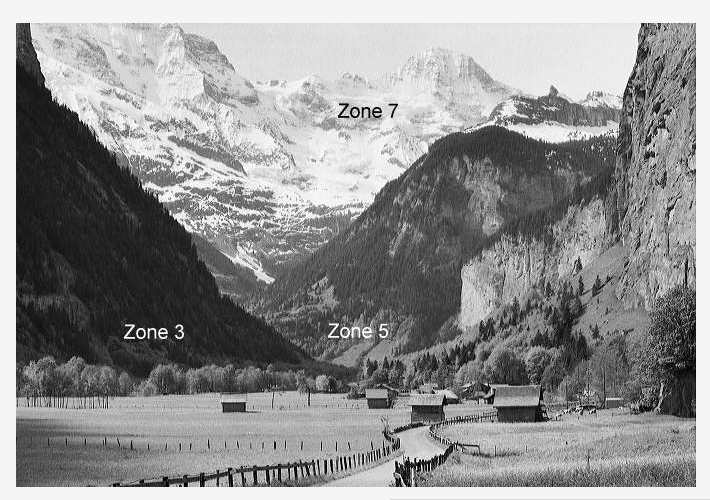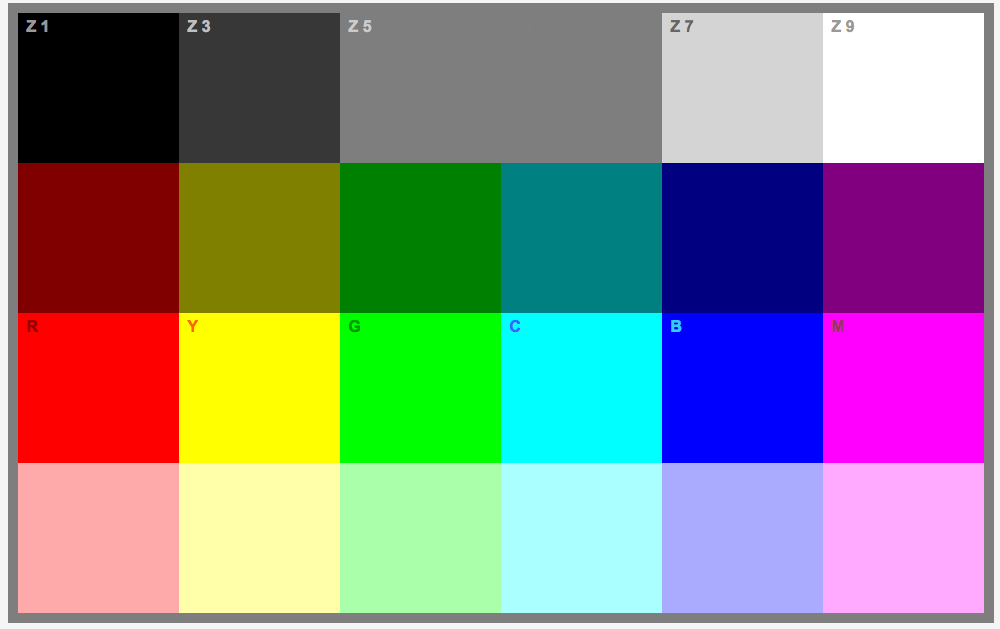On the photo shooting day, we were all suit up accordingly to the way the person in the photo looks like. Among all of us, Song's outfit was my favourite.
Look at his outfit,the hair style,his honest look and the combination of the glasses. This is so vintage with a bit of factionalism.
For guys,our hairstyle and suit is quite simple to prepare it,while girls are lot more complicated. The main reason is their hair. Those vintage ladies like to do wavy hair as their trend of fashion,so our girl classmate have to perm their hair just like the model in the photo.
Taking a formal studio photo is way more complicated than what we imagined. Besides,a studio photo session couldn't be possibly done without the teamwork of a group of people. According to Mr Vinod, the group of people in a studio consist of a camera man,camera assistant, hair stylist ,make up artist,fashion designer,at least 2 light man,and a model.All of them must contribute their own strength and work as a team to produce the best outcome.So we were instructed by Mr Vinod to try every position in a studio to feel and learn the importance of the task for each crew.
The camera man will first observe and analyse the light source and those tiny detail of the photo. Then,make up artist,hair stylist are taking part for the physical appearance for the model. Next,a professional fashion designer will overlook and check the entire exterior of the model for the final submission. The light men are mostly doing a tough job as carrying those heavy light equipments around according to the instruction from the camera man. Model is definitely a tough task too! We all experienced that since we are the model for the exercise.We have to freeze ourselves for around 20 to 30 minutes for a single shot.And it is damn tiring and most of us a shivering especially when our hand is posed in the middle of air.
Throughout the exercises, i have learnt the way to analyse the light source and the position of the whole scene.The background light,dim light,fill light,hair light...There's so many kind of light for a single photo and i am sure that we're all taking it for granted everytime we look at a photo. It tooks a lot of effort and sweat for the whole production,although is tough, but the sense of accomplishment is enough to cover up all the suffering we gone through.
These are some photos taken by myself while conducting the photo session : ~
Annie are you okay? Are you okay?


Well, this is my results~
The lighting is not that correct and is kinda dark compared to the original photo.The reason is my crews are totally exhausted and they have helped us to take the shots from the beginning of the exercise,especially i am the second last person for the shots.Hence,the results is kinda different compared to the first photo.Anyways,i appreciate the effort they have made for the whole photo session and well done! *clap
Without Mr Vinod's help, I don't think we can manage to complete the exercises. Since we're still new to the studio,we have a lot to learn.










































